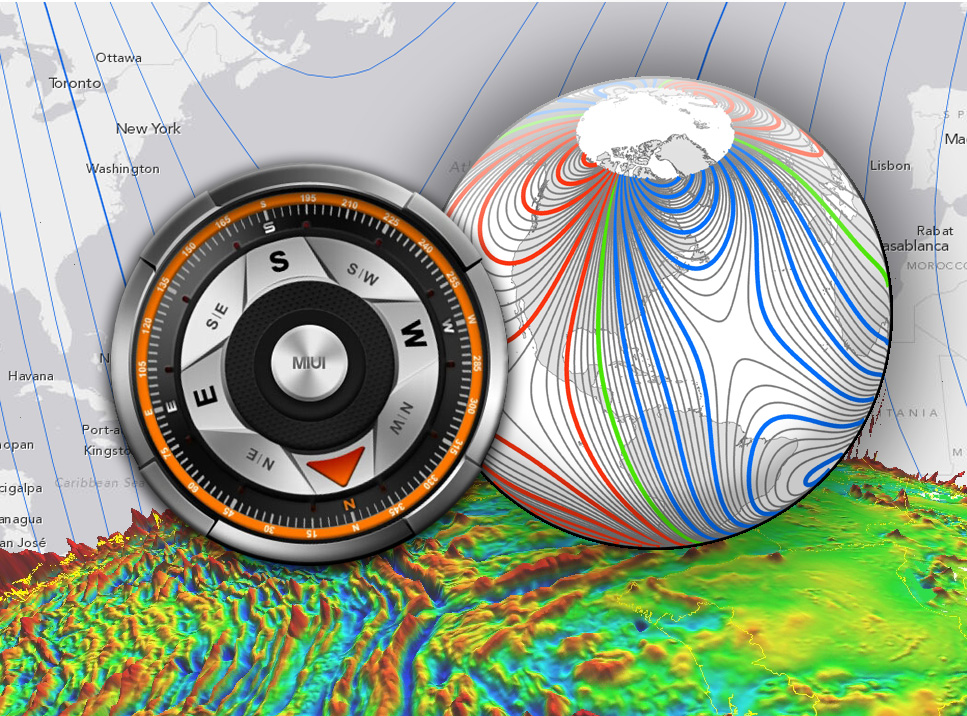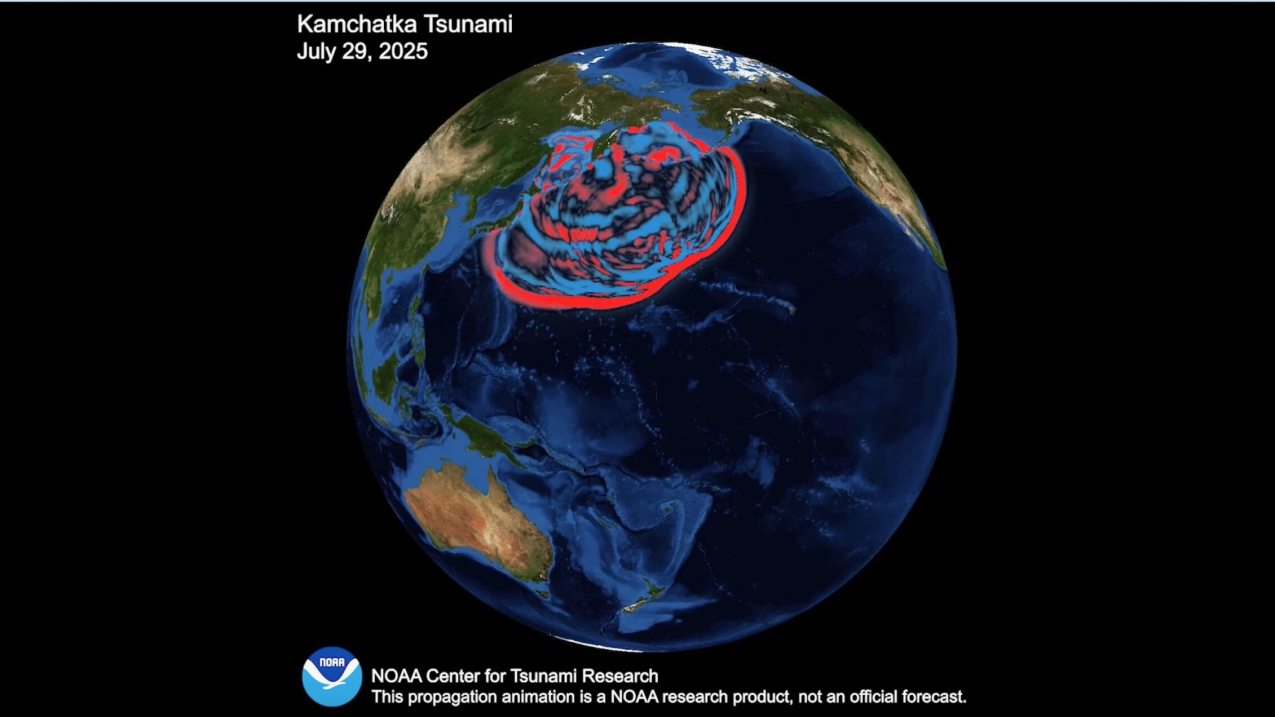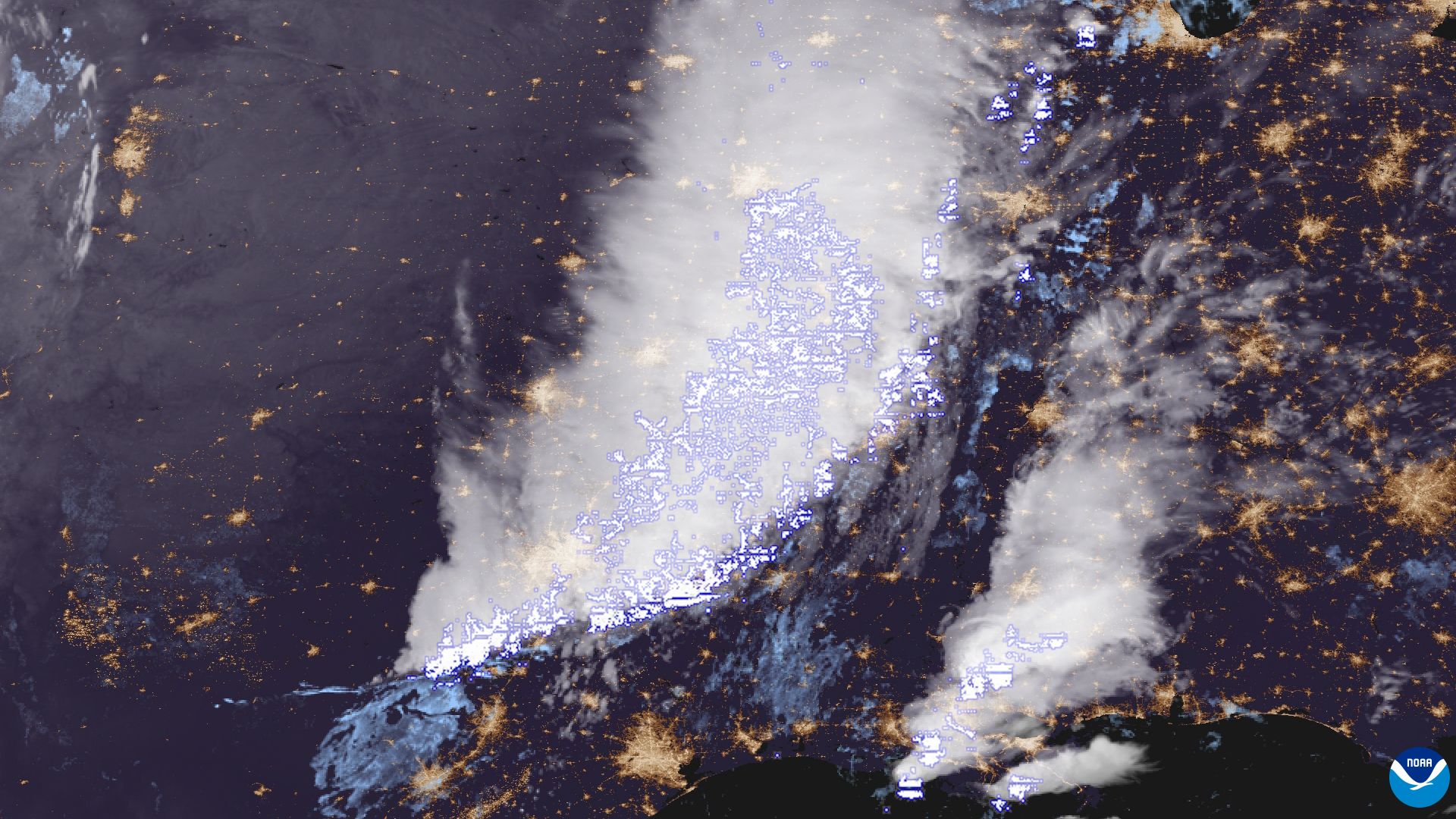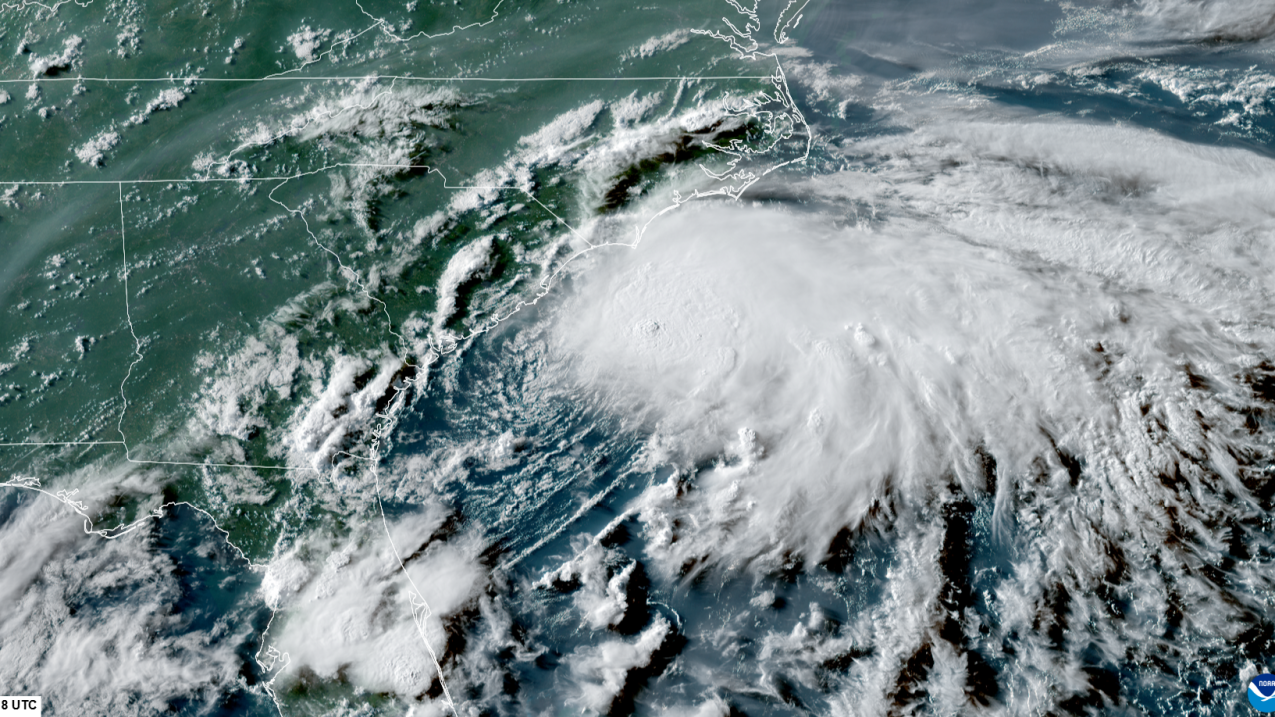The Value of Volunteerism in Your National Marine Sanctuaries

August 5, 2025

Michael Sheridan is eager for the start of CoastFest at Gray’s Reef National Marine Sanctuary. His sense of pride for this marine protected area is renewed by every curious child who comes up to ask a question: “Do sea turtles really rest on the rocky ledges? And that whole colorful carpet is alive? And all this exists underwater off the Georgia coast? That’s amazing!”
This is why he loves being a sanctuary volunteer: connecting with visitors to inspire stewardship of America’s iconic Great Lakes and ocean waters. Volunteers play a vital role in ensuring that America’s national marine sanctuaries are safeguarded for future generations. Last year alone, our volunteers donated over 70,000 hours of their time, which is equivalent to the work of 39 full-time federal employees. Their tireless dedication to the system helps to support the work of our staff at NOAA who manage these projects and wear many different hats, and expands the reach of national marine sanctuaries to a wider audience.
While some volunteers, like Sheridan, help to share the beauty and value of marine sanctuaries through education and outreach, others participate in collecting field observations or liaising between their community and national marine sanctuary staff.
Advisory Councils
Every site in the National Marine Sanctuary System has an advisory council which is a community-based advisory group that provides advice and recommendations to superintendents and resource managers. The over 500 advisory council members and alternates across the National Marine Sanctuary System’s 18 underwater parks help support staff through their areas of expertise ranging from commercial and recreational fishing to maritime heritage to scientific research.
At Wisconsin Shipwreck Coast National Marine Sanctuary, the advisory council has helped forge invaluable connections between the sanctuary and the communities of eastern Wisconsin. Designated in 2021, the sanctuary provides increased stewardship of 36 historic shipwreck sites, 27 of which are listed on the National Register of Historic Places. Its 15 advisory council members serve as liaisons and active advocates for the sanctuary’s work. As a newer site, with a small staff, the sanctuary relies heavily on the dedication and leadership of these members.
Sanctuary Superintendent Russ Green acknowledges that, “From organizing and volunteering at outreach events, to producing the region’s first international film festival, they’ve kept the sanctuary visible and relevant in our coastal communities.”
In addition to offering subject matter expertise, the advisory council also established a nonprofit called Shipwreck Coast Friends. Bill Moren, an advisory council member and director of Shipwreck Coast Friends, shared, “As an advocate, telling the sanctuary’s story, raising funds for programming, and personally donating has been a joy.”
Our advisory council members not only serve the sanctuary—they help create welcoming spaces for people to share their passion for the wondrous world beneath the waves.
Community Science
In our national marine sanctuaries, volunteers play a vital role in helping researchers and scientists better understand the natural world. At NOAA, we use the terms “community science” or “citizen science” to describe projects in which volunteers partner with researchers to answer questions and address real-world challenges. Community scientists can help scientists identify research questions, collect and interpret data, make innovative discoveries, and support the development of new technologies and applications. In 2024, nearly 6,000 volunteers across the National Marine Sanctuary System served as community scientists—contributing a total of 35,326 hours to advance scientific knowledge.

Each year, thousands of humpback whales migrate to the shallow waters of Hawaiian Islands Humpback Whale National Marine Sanctuary to mate, give birth, and raise their young. This sanctuary protects the principal breeding grounds for the North Pacific humpback whale population. To monitor and better understand these whales, community scientists participate in the Sanctuary Ocean Count on the last Saturdays of January, February, and March—recording whale sightings from the shores of O’ahu, Hawai’i, and Kaua’i.
Cindy Among-Serraro, the Hawaiʻi Island program coordinator for Sanctuary Ocean Count, emphasized the value of these dedicated volunteers: “Their volunteer efforts are even more crucial since the Hawaiʻi distinct population of koholā (humpback whales) was delisted from the Endangered Species Act in 2016. Monitoring their numbers and protecting their habitat is central to our marine sanctuary’s mission.”

In addition to collecting valuable data, volunteers, like Ipolani Kekina, have also helped to increase public awareness of these migratory marine mammals and how the sanctuary safeguards their habitats. Kekina noted that her experiences as a volunteer have allowed her to connect with people of all backgrounds: “As a site leader during peak migration, I’ve forged connections with locals and and visitors from across the globe, united by our commitment to preserving the North Pacific humpback whale population, which continues to thrive.”
There are also many great community science projects available to participate in through the partners that support the mission of NOAA’s Office of National Marine Sanctuaries. For example, snorkelers and scuba divers can help clean up the marine environment by participating in the National Marine Sanctuary Foundation’s Goal: Clean Seas Florida Keys program in Florida Keys National Marine Sanctuary.
Education and Outreach
Understanding the mysteries under the surface of our ocean and Great Lakes waters can be challenging, even for a scientist or researcher. Education and outreach volunteers throughout your national marine sanctuaries help the public better understand this system of treasures by taking often complex concepts and making them digestible for a wide audience.

Within the nutrient-rich waters off the coast of Santa Barbara and Ventura counties in California, Channel Islands National Marine Sanctuary serves as an excellent destination for marine mammals and wildlife enthusiasts alike. The Channel Islands Naturalist Corps are a group of devoted volunteers who help guests visiting this sanctuary and the overlapping/neighboring Channel Islands National Park learn about this area’s unique ecosystems and their inhabitants. Some volunteers lead hikes in the national park, some serve as naturalists on whale watching vessels, while others conduct community science. By participating in extensive training sessions on the natural history for the Santa Barbara Channel and the Channel Islands, and on-going education efforts, these volunteers are equipped to share their knowledge and passion with others.
Nancy Herron, a Channel Islands Naturalist Corps volunteer, says this opportunity helps her to teach visitors about the sanctuary.
“I’ve now come to love the ocean and its seasons. I also love being with people during their first whale watch encounter when their loud excitement soon fades to a moved silence.”
Helping visitors experience the wonders of the natural world inspires increased stewardship and protection of these spaces for years to come.
Reaching thousands of people, especially students, would not be possible without the aid of volunteer docents. In the southern region of Monterey Bay National Marine Sanctuary, which spans from north of San Francisco’s Golden Gate Bridge to the northern end of San Luis Obispo County, lies the Coastal Discovery Center. This is one of the sanctuary’s two visitor centers that help educate guests about the natural and cultural history of California’s central coast. Every year, the center serves thousands of K–12 students on field trips.
The center’s volunteer coordinator, Allyson Oliveira, expressed that volunteers are vital to the visitor center’s ability to run these field trips. She elaborated, “We often get bookings of over 70 students for one field trip, which would be impossible to manage without our volunteers. It’s especially heartwarming to witness the connection volunteers make with the students, particularly when it’s their first time seeing the ocean.” With more than 200 dedicated education volunteers nationwide, sanctuary docents at visitor centers and exhibits across America provide engaging, educational experiences that inspire the next generation of environmental stewards.
Want to Get Involved?
Volunteers are a vital and powerful component of America’s treasured National Marine Sanctuary System, contributing a total of $2.37 million† to the system annually through their service. They help full-time NOAA staff through their invaluable contributions of time and energy, and with their steadfast dedication to making America’s marine protected areas even more successful. National marine sanctuaries are special places that invoke meaningful experiences for volunteers. As a Coastal Discovery Center volunteer, MacKenzie Caffo said, “Volunteering has been an incredibly meaningful experience, one that I will cherish. It taught me how to effectively communicate with the public about topics I care deeply about, and gave me the opportunity to share my passions with others.”

There is a place in America’s most revered underwater places for everyone, whether you want to learn how to collect scientific data, through programs such as Sanctuary Ocean Count and the Stellwagen Sanctuary Seabird Stewards (S4) Program, or plant corals through Iconic Reef Guardians, or if you want to help local youth experience the sanctuary through the Sanctuaries 360 VR series with the Gray’s Reef Street Team. Volunteering is a fantastic way to Get Into Your Sanctuary while lending a helping hand!
Sophia Barwegen is the Coastal Discovery Center coordinator and Southern Region liaison for NOAA’s Monterey Bay National Marine Sanctuary
Rachel Plunkett is the content manager and senior writer/editor for NOAA’s Office of National Marine Sanctuaries
† Dollar value of volunteer hours calculated based on total annual volunteer hours, multiplied by the national average of the value of volunteer time from the Independent Sector.












